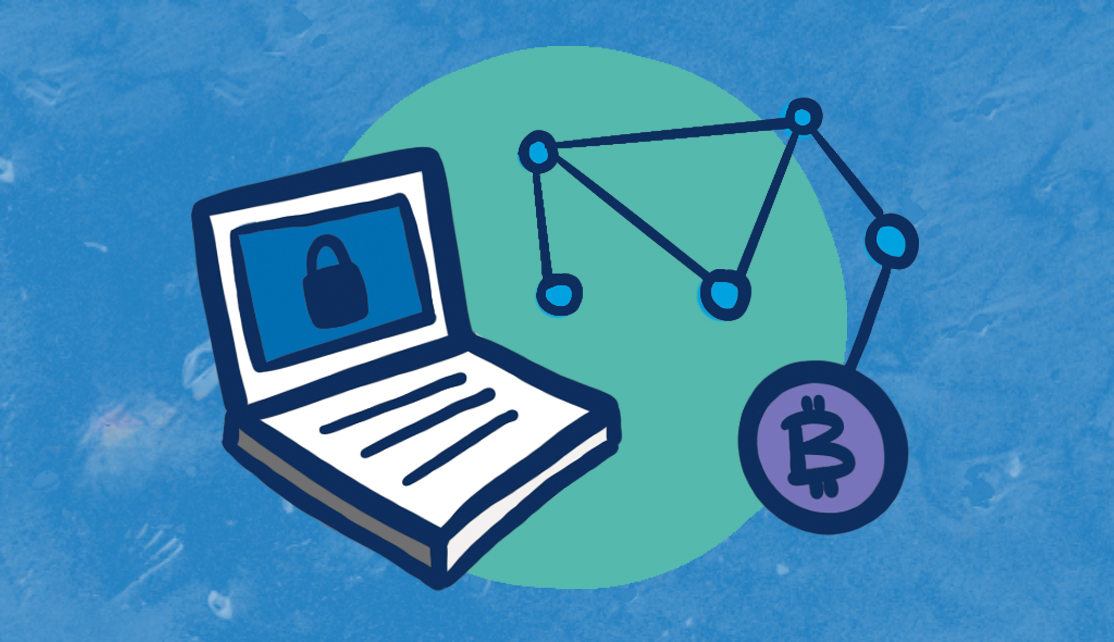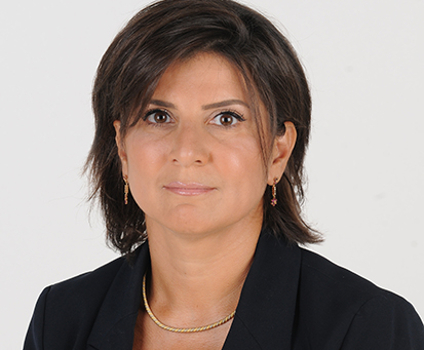
Considering the difficulty to follow a money trail in the blockchain and the somewhat anonymity that surrounds transactions using cryptocurrencies, this virtual asset is preferred by cybercriminals when conducting their illicit activities and laundering the proceeds resulted from them. Ransomware, hacking and other types of cybercrime are without doubt highly inter-connected with cryptocurrency and the response of judicial authorities is sometimes hampered by the complexity of this mix of crimes.
The lack of legislation on virtual assets and even more importantly, on seizing them also contributes to this void that cybercriminals exploit. The COVID-19 Pandemic only increased the use in virtual assets both for legitimate and illegitimate purposes. The aim of this workshop is to provide participants with information on how criminals abuse cryptocurrencies in hiding the illicit gains resulted from criminal endeavours and emphasise on the importance of defining legislation on domestic level in relation to handling and seizing this type of currency.

Jan KERKHOFS
Federal magistrate, Federal Prosecutor’s Office Belgium, Organized Crime Division – Cyber Unit
LinkedIn@Jan Kerkhofs

Hania EL HELWEH
Judge, President of the First Instance Court, North of Lebanon

Paul DARCY
Senior Investigator
Ireland’s Department of Justice
Bart DE VLAMINCK
Detective ICT Crime, Federal Computer Crime Unit of Belgium
LinkedIn@Bart De Vlaminck

Ana Virginia SAMAYOA BARON
Director, Financial Intelligence Unit (FIU), El Salvador
 Presentations
Presentations
- Knock-knock: who’s there in the Blockchain? Bart De Vlaminck, Detective ICT Crime, Federal Computer Crime Unit of Belgium
- How to co-ordinate mitigating virtual assets facilitated crimes, Jung Kee You, Criminal Intelligence Officer, Financial Crimes Unit, INTERPOL
- Regulating Virtual Asset Service Providers (VASP’s), Irina Talianu, Head of Unit, Committee of Experts on the Evaluation of Anti-Money Laundering Measures and the Financing of Terrorism (MONEYVAL), Council of Europe
- Red flags related to the use of virtual assets, Janet Ho, Policy Analyst, Financial Action Task Force (FATF)
- Following the money. Cryptocurrency tracing introduction, Brian Carter, Senior Cybercrimes Specialist, Chainalysis
- Regulating cryptocurrencies, El Salvador’s experience [ENG]/[ES], Ana Virginia Samayoa Baron, Director, Financial Intelligence Unit (FIU), El Salvador
 Resources
Resources
- MONEYVAL: States must improve their effectiveness against money laundering and terrorist financing
- FATF Recommendations
- FATF: Virtual Assets Red Flag Indicators of Money Laundering and Terrorist Financing
- FATF: Updated Guidance for a Risk-Based Approach for Virtual Assets and Virtual Asset Service Providers
- Council of Europe Parliamentary Assembly adopts Resolution on Financial Intelligence Units
- ENISA: Crypto Assets: Introduction to Digital Currencies and Distributed Ledger Technologies
- ENISA: Solving the Cryptography Riddle: Post-quantum Computing & Crypto-assets Blockchain Puzzles
- GetTech: Tech domains cryptocurrency report: the year of the bitcoin bull
- Beating financial crime: European Commission overhauls anti-money laundering and countering the financing of terrorism rules
- European Commission: Anti-money laundering and countering the financing of terrorism legislative package
- Threat Post: Financial Cybercrime: Why Cryptocurrency is the Perfect "Getaway Car"
- ScienceDirect: The Application of Blockchain of Custody in Criminal Investigation Process
- Money.co: Quarterly Fraud and Cyber Crime Report
- HackRead: The Fight against Financial Cyber Crime







